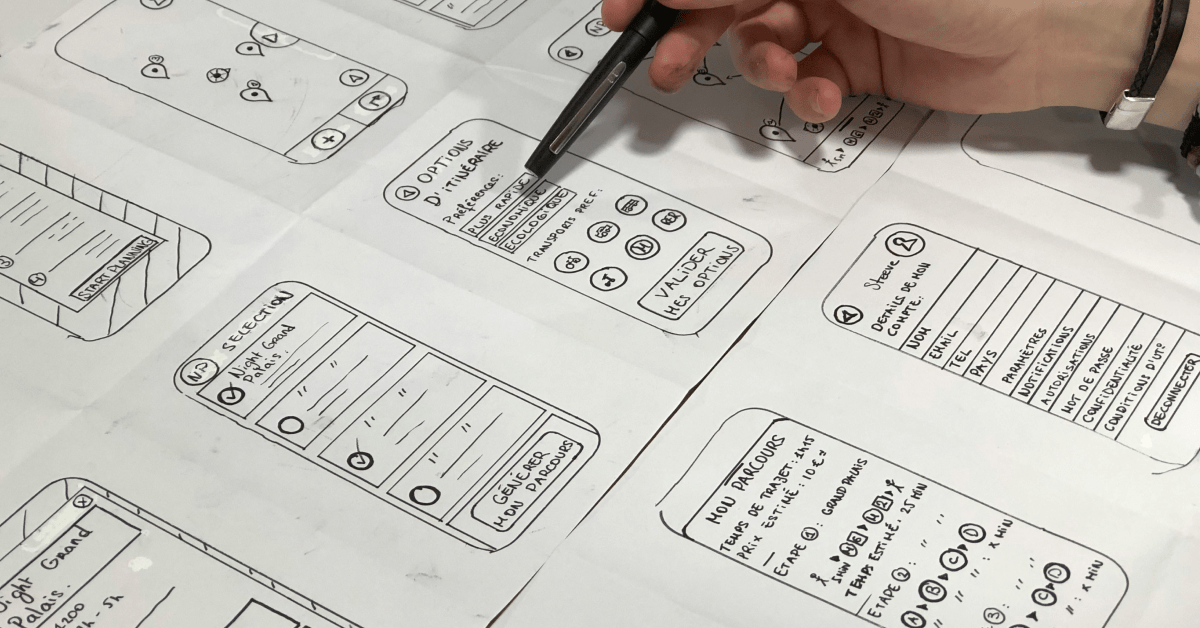Why Dimension Variables Matter in UI Design
Creating a design system isn’t just about colors and typography - it also involves setting up consistent spacing and dimensions. A well-defined system for spacing ensures layouts are visually balanced, easy to navigate, and scalable across different screen sizes.
One of the most commonly used rules in UI design is the 4-point grid system. This system spaces elements in increments of 4 pixels (e.g., 4, 8, 12, 16px). The reason for using a 4px base is that it keeps everything aligned while allowing enough flexibility to scale components smoothly. Most modern UI frameworks, including Tailwind and Material Design, follow this approach.
Breaking the 4-Point Rule When Needed
While the 4px rule is widely accepted, there are times when exceptions are necessary. Some teams introduce 6px and 10px increments for situations where 8px or 12px feels either too large or too small. These adjustments can be useful for fine-tuning the spacing of small components, like buttons or form fields, while still maintaining overall consistency.
Beyond smaller adjustments, when scaling layouts to larger screen sizes, spacing increments typically follow a pattern like 8px, 16px, 32px, and beyond. These larger steps help create a structured layout and ensure elements have the right visual hierarchy without feeling cramped or unbalanced.
Aliasing Dimensions for Consistency
In a design system, spacing variables often need to be referenced across different properties such as padding, margin, and spacing between elements. Instead of defining separate values for each, a technique called aliasing allows dimensions to be reused efficiently.
For example, if d1 is defined as 4px, then padding and margin values can reference this dimension:
- p1 = d1 = 4px
By doing this, the system remains flexible while ensuring consistency. Instead of designers and developers choosing random spacing values, they can simply refer to predefined dimension tokens, making the design and development process much smoother.
Naming conventions also play a role in keeping things organized. Some teams use labels like extra small, small, and medium instead of numerical values for padding and margin, as these properties typically require fewer variations than general spacing rules.
Handling Elevation and z-index in a Dimension System
One common question is whether z-index and elevation should be treated as part of the dimension variable system. Since z-index can use negative values, it can be tricky to integrate it into a structured naming approach.
For most design systems, it’s best not to include negative values in dimension tokens. Instead, elevation and z-index changes should be handled at the component level. For example, if a component needs to increase in size by 200% on hover, that behavior can be documented within the component’s design specs rather than being part of the global dimension system.
Working closely with the engineering team is key to ensuring that these adjustments are well-documented and align with how elements are coded. This prevents unnecessary complexity and keeps the dimension system clean and manageable.
Building a Primitive Dimension System
Once the core dimension values are established, they can be added to the primitive collection of the design system. Unlike color tokens, which require variations in shade and tone, dimension tokens are more straightforward. They define space and size in a single plane, making them easier to manage.
By setting up a structured dimension token system, teams can ensure a unified approach to spacing, making the UI feel polished and visually cohesive.
Final Thought
Dimension variables may not be as flashy as color palettes or typography, but they are essential for creating clean, structured, and scalable designs. By following a 4-point grid system, using aliasing for spacing properties, and keeping z-index and elevation separate, design teams can create a more organized and efficient workflow.
If you’d like to discuss this topic further or explore how I can help you build one for your project or your team, feel free to reach out at hello@anitachang.com. I’d love to hear from you!
